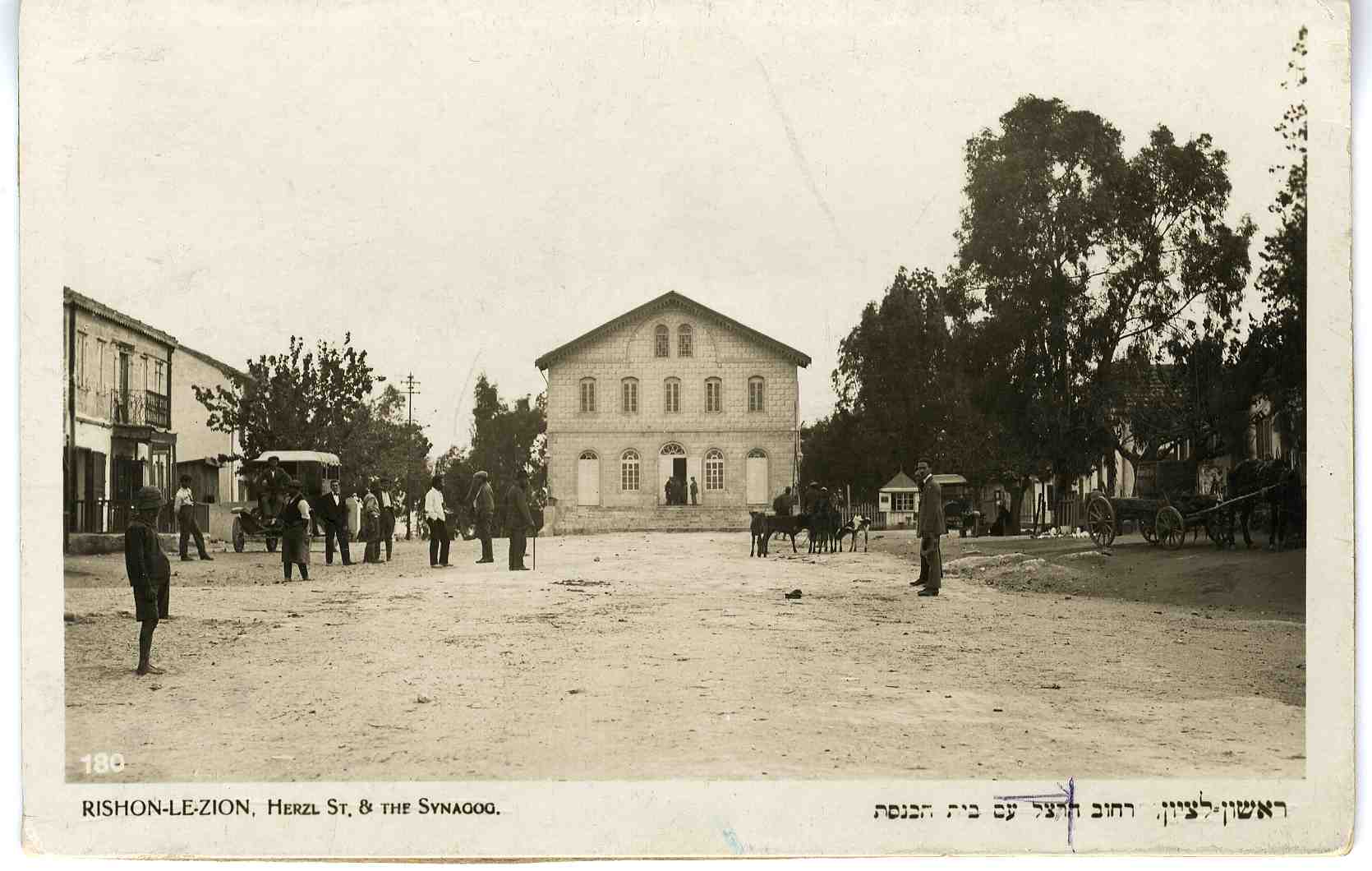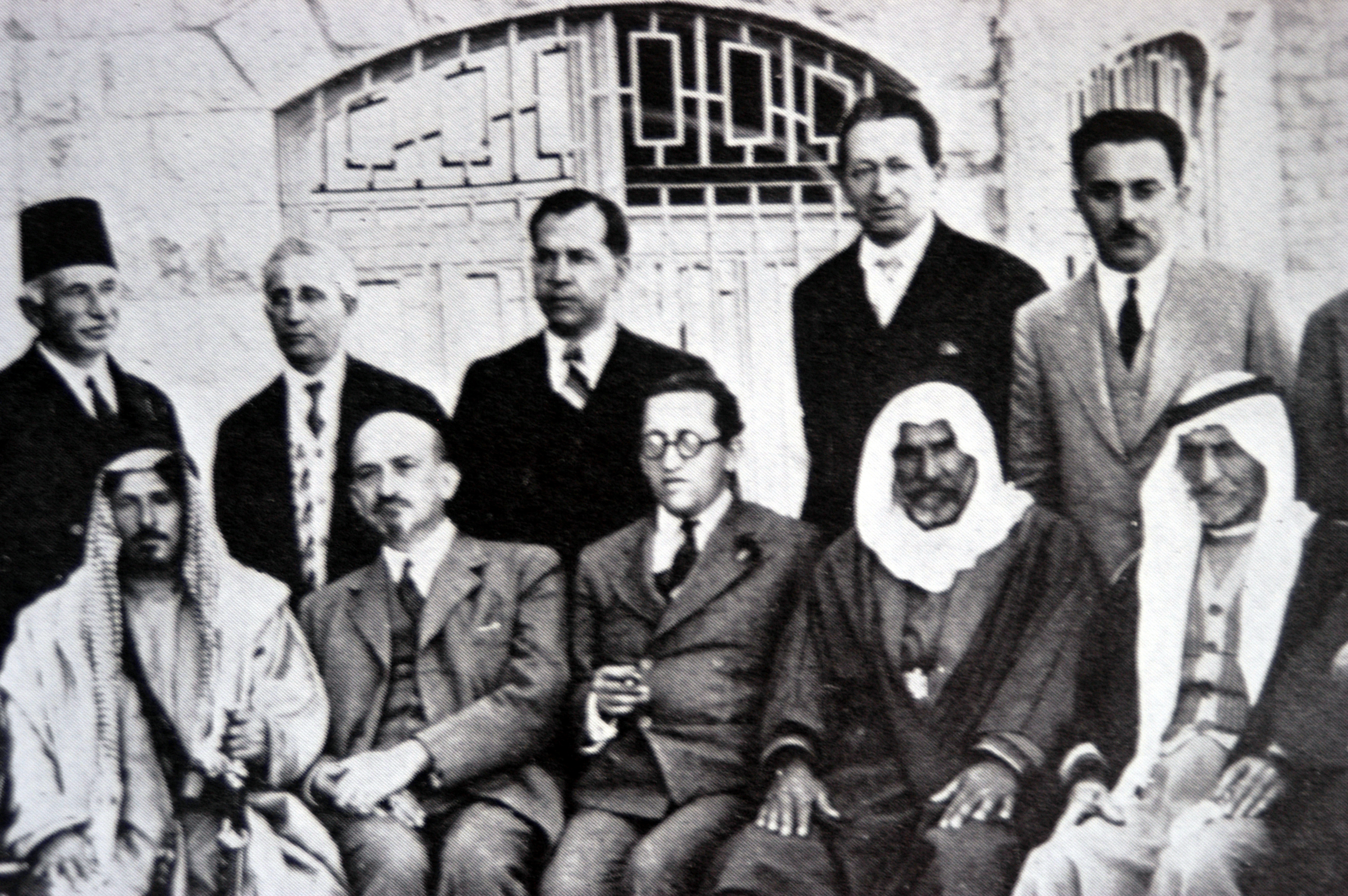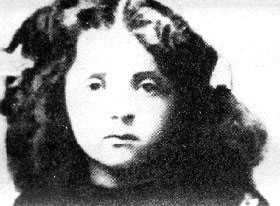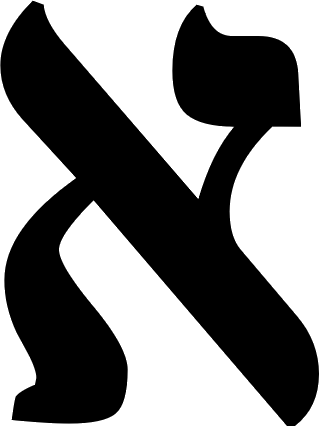|
1948 And After
''1948 and After: Israel and the Palestinians'' is a collection of essays by the Israeli historian Benny Morris. The book was first published in hardcover in 1990. It was revised and expanded, (largely on the basis on newly available material) and published by Clarendon Press, Oxford, in 1994, . The expanded 1994 edition contained a complete new chapter (ch. 5): ''Yosef Nahmani and the Arab Question in 1948''. Chapters 1 (''The new historiography: Israel and its past'') and chapter 10 (''The Transfer of Al Majdal's Remaining Arabs to Gaza, 1950'') were substantially expanded. Detailed synopsis The new historiography: Israel and its past In the first chapter, Morris outlines his refutation of the single-cause thesis to the Palestinian exodus. On p. 31, he writes: "In refuting Teveth's single-cause ("Arab orders") explanation of the exodus up to 15 May, I pointed out that there is simply no evidence to support it, and that the single document Teveth is able to cite, the Haganah ... [...More Info...] [...Related Items...] OR: [Wikipedia] [Google] [Baidu] |
Israelis
Israelis ( he, יִשְׂרָאֵלִים, translit=Yīśrāʾēlīm; ar, الإسرائيليين, translit=al-ʾIsrāʾīliyyin) are the citizens and nationals of the State of Israel. The country's populace is composed primarily of Jews and Arabs, who respectively account for 75 percent and 20 percent of the national figure; followed by other ethnic and religious minorities, who account for 5 percent. Early Israeli culture was largely defined by communities of the Jewish diaspora who had made '' aliyah'' to British Palestine from Europe, Western Asia, and North Africa in the late-19th and early-20th centuries. Later Jewish immigration from Ethiopia, the states of the former Soviet Union, and the Americas introduced new cultural elements to Israeli society and have had a profound impact on modern Israeli culture. Since Israel's independence in 1948, Israelis and people of Israeli descent have a considerable diaspora, which largely overlaps with the Jewish diaspora b ... [...More Info...] [...Related Items...] OR: [Wikipedia] [Google] [Baidu] |
Galilee
Galilee (; he, הַגָּלִיל, hagGālīl; ar, الجليل, al-jalīl) is a region located in northern Israel and southern Lebanon. Galilee traditionally refers to the mountainous part, divided into Upper Galilee (, ; , ) and Lower Galilee (, ; , ). ''Galilee'' refers to all of the area that is north of the Mount Carmel-Mount Gilboa ridge and south of the east–west section of the Litani River. It extends from the Israeli coastal plain and the shores of the Mediterranean Sea with Acre in the west, to the Jordan Rift Valley to the east; and from the Litani in the north plus a piece bordering on the Golan Heights all the way to Dan at the base of Mount Hermon in the northeast, to Mount Carmel and Mount Gilboa in the south. This definition includes the plains of the Jezreel Valley north of Jenin and the Beth Shean Valley, the valley containing the Sea of Galilee, and the Hula Valley, although it usually does not include Haifa's immediate northern suburbs. By this definiti ... [...More Info...] [...Related Items...] OR: [Wikipedia] [Google] [Baidu] |
Abu Shusha
Abu Shusha ( ar, أبو شوشة) was a Palestinian Arab village in the Ramle Subdistrict of Mandatory Palestine, located 8 km southeast of Ramle. It was depopulated in May 1948. Abu Shusha was located on the slope of Tell Jezer/Tell el-Jazari, which is commonly identified with the ancient city of Gezer. In April–May 1948, during the 1948 Arab–Israeli War, Abu Shusha was attacked several times. The final assault began on May 13, one day prior to Israel's declaration of independence. Abu Shusha residents attempted to defend the village, but the village was occupied on May 14. Those residents who had not already died or fled were expelled by May 21. With their descendants, they numbered about 6,198 in 1998. Name Abu Shusheh is said to derive its name from a derwish who prayed for rain in a time of drought, and was told by a sand-diviner that he would perish if it came. The water came out of the earth (probably at Et Tannur) and formed a pool, into which he stepped and wa ... [...More Info...] [...Related Items...] OR: [Wikipedia] [Google] [Baidu] |
Kibbutz Artzi
The Kibbutz Movement ( he, התנועה הקיבוצית, ''HaTnu'a HaKibbutzit'') is the largest settlement movement for kibbutzim in Israel. It was formed in 1999 by a partial merger of the United Kibbutz Movement and Kibbutz Artzi and is made up of approximately 230 kibbutzim. It does not include the Religious Kibbutz Movement with its 16 kibbutzim or the two Poalei Agudat Yisrael-affiliated religious kibbutzim. United Kibbutz Movement The United Kibbutz Movement ( he, התנועה הקבוצית המאוחדת, ''HaTnu'a HaKibbutzit HaMeuhedet''), also known by its Hebrew acronym ''TaKaM'' (), was founded in 1981 and was largely aligned with the Labor Party and its predecessors. It had been formed by a merger itself, when ''HaKibbutz HaMeuhad'' and ''Ihud HaKvutzot VeHaKibbutzim'' came together. Consequently, their respective youth movements merged into the Habonim Dror youth movement. In 1999 a third movement, Artzi, joined the United Kibbutz Movement, although it maintains ... [...More Info...] [...Related Items...] OR: [Wikipedia] [Google] [Baidu] |
Yishuv
Yishuv ( he, ישוב, literally "settlement"), Ha-Yishuv ( he, הישוב, ''the Yishuv''), or Ha-Yishuv Ha-Ivri ( he, הישוב העברי, ''the Hebrew Yishuv''), is the body of Jewish residents in the Land of Israel (corresponding to the southern part of Ottoman Syria until 1918, OETA South 1917–1920, and Mandatory Palestine 1920–1948) prior to the establishment of the State of Israel in 1948. The term came into use in the 1880s, when there were about 25,000 Jews living across the Land of Israel and continued to be used until 1948, by which time there were some 630,000 Jews there. The term is still in use to denote the pre-1948 Jewish residents in the Land of Israel. A distinction is sometimes drawn between the Old Yishuv and the New Yishuv. The Old Yishuv refers to all the Jews living in the Land of Israel before the first Zionist immigration wave (''aliyah'') of 1882, and to their descendants who kept the old, non-Zionist way of life until 1948. The Old Yishuv resid ... [...More Info...] [...Related Items...] OR: [Wikipedia] [Google] [Baidu] |
Aharon Cohen
Aharon Cohen ( he, אהרון כהן; 1910-1980) was a senior member of Mapam, a pro-USSR Israeli political party which existed during the first two decades of statehood. Born in Britchany, Bessarabia in what was the Tsarist empire, now Romania. He came to Palestine in 1929 where he joined kibbutz Sha'ar Ha'amakin, near Haifa. Four years later he was sent back to Romania as a Zionist youth movement organiser. He returned to Palestine in 1936 where a year later he was elected to the executive committee of Ha-kibbutz Ha'artzi and was involved in organizing political work in Haifa and illegal Jewish immigration. A talented and efficient organizer he was given the task of setting up Hakibbutz Ha'artzi's Arab Department. Party policy advocated an undivided and Socialist Palestine and to this objective he gave lectures and issued bulletins to party members advocating good relations with Arabs. In 1942 he pressed his party into joining the League for Jewish Arab Rapprochement and Coopera ... [...More Info...] [...Related Items...] OR: [Wikipedia] [Google] [Baidu] |
Moshe Sharett
Moshe Sharett ( he, משה שרת, born Moshe Chertok (Hebrew: ) 15 October 1894 – 7 July 1965) was a Russian-born Israeli politician who served as Israel's second prime minister from 1954 to 1955. A member of Mapai, Sharett's term was both preceded and succeeded by the premiership of David Ben-Gurion. Sharett also served as the country's first foreign minister between 1948 and 1956. Biography Born in Kherson in the Russian Empire (today in Ukraine), Sharett immigrated to Ottoman Palestine as a child in 1906. For two years, 1906–1907, the family lived in a rented house in the village of Ein-Sinya, north of Ramallah. In 1910 his family moved to Jaffa, then became one of the founding families of Tel Aviv. He graduated from the first class of the Herzliya Hebrew High School, even studying music at the Shulamit Conservatory. He then went to Constantinople to study law at Istanbul University, the same university at which Yitzhak Ben-Zvi and David Ben-Gurion studied. Howeve ... [...More Info...] [...Related Items...] OR: [Wikipedia] [Google] [Baidu] |
Shlomo Lavi
Shlomo Lavi ( he, שלמה לביא, born Shlomo Levkovich in 1882, died 23 July 1963) was a Zionist activist and politician. Early life Born in Plonsk in the Russian Empire (today in Poland), Lavi received a religious education. While growing up in Plonsk, Shlomo Lavi and David Grün (the future founding father of Israel, David Ben-Gurion) were both members of the Ezra youth movement and together taught Bible lessons and Hebrew to poor and orphaned children. Zionist activity In 1905 he made aliyah to Ottoman Palestine as part of the second Zionist wave of immigration. In the same year he attended the founding convention of Hapoel Hatzair. Lavi worked as an agricultural laborer in Petach-Tikva, in an olive oil factory in Haifa, then at the recommendation of Arthur Ruppin as farm manager in Hulda, and together with David Ben-Gurion at Sejera. Lavi was involved in the establishment of the Jewish defence organisation Hashomer (1909-1920), which he joined as a watchman in the ... [...More Info...] [...Related Items...] OR: [Wikipedia] [Google] [Baidu] |
David Ben-Gurion
David Ben-Gurion ( ; he, דָּוִד בֶּן-גּוּרִיּוֹן ; born David Grün; 16 October 1886 – 1 December 1973) was the primary national founder of the State of Israel and the first prime minister of Israel. Adopting the name of Ben-Gurion in 1909, he rose to become the preeminent leader of the Jewish community in British-ruled Mandatory Palestine from 1935 until the establishment of the State of Israel in 1948, which he led until 1963 with a short break in 1954–55. Ben-Gurion's passion for Zionism, which began early in life, led him to become a major Zionist leader and executive head of the World Zionist Organization in 1946. As head of the Jewish Agency from 1935, and later president of the Jewish Agency Executive, he was the ''de facto'' leader of the Jewish community in Palestine, and largely led its struggle for an independent Jewish state in Mandatory Palestine. On 14 May 1948, he formally proclaimed the establishment of the State of Israel, and was t ... [...More Info...] [...Related Items...] OR: [Wikipedia] [Google] [Baidu] |
Golda Meir
Golda Meir, ; ar, جولدا مائير, Jūldā Māʾīr., group=nb (born Golda Mabovitch; 3 May 1898 – 8 December 1978) was an Israeli politician, teacher, and ''kibbutznikit'' who served as the fourth prime minister of Israel from 1969 to 1974. She was the first woman to become head of government in Israel. Born in Kyiv in the Russian Empire, she immigrated to Wisconsin, United States as a child with her family in 1906, and was educated there, becoming a teacher. After getting married, she and her husband emigrated to Mandatory Palestine in 1921, settling on a ''kibbutz''. Meir was elected prime minister of Israel on 17 March 1969, after serving as labour minister and foreign minister. The world's fourth and Israel's only woman to hold the office of prime minister, and the first in any country in the Middle East, she has been described as the "Iron Lady" of Israeli politics. Meir was Prime Minister during the Yom Kippur War of 1973. Israel was caught off guard and suffered ... [...More Info...] [...Related Items...] OR: [Wikipedia] [Google] [Baidu] |
Lehi (group)
Lehi (; he, לח"י – לוחמי חרות ישראל ''Lohamei Herut Israel – Lehi'', "Fighters for the Freedom of Israel – Lehi"), often known pejoratively as the Stern Gang,"This group was known to its friends as LEHI and to its enemies as the Stern Gang." Blumberg, Arnold. History of Israel, Westport, CT, USA: Greenwood Publishing Group, Incorporated, 1998. p 106."calling themselves Lohamei Herut Yisrael (LHI) or, less generously, the Stern Gang." Lozowick, Yaacov. Right to Exist : A Moral Defense of Israel's Wars. Westminster, MD, USA: Doubleday Publishing, 2003. p 78."''It ended in a split with Stern leading his own group out of the Irgun. This was known pejoratively by the British as "the Stern Gang' – later as Lehi''" Shindler, Colin. Triumph of Military Zionism : Nationalism and the Origins of the Israeli Right. London, GBR: I. B. Tauris & Company, Limited, 2005. p 218."''Known by their Hebrew acronym as LEHI they were more familiar, not to say notorious, to the ... [...More Info...] [...Related Items...] OR: [Wikipedia] [Google] [Baidu] |
Mapai
Mapai ( he, מַפָּא"י, an acronym for , ''Mifleget Poalei Eretz Yisrael'', lit. "Workers' Party of the Land of Israel") was a democratic socialist political party in Israel, and was the dominant force in Israeli politics until its merger into the modern-day Israeli Labor Party in 1968. During Mapai's time in office, a wide range of progressive reforms were carried out, as characterised by the establishment of a welfare state, providing minimum income, security, and free (or almost free) access to housing subsidies and health and social services. History The party was founded on 5 January 1930 by the merger of the Hapoel Hatzair founded by A. D. Gordon and the original Ahdut HaAvoda (founded in 1919 from the right, more moderate, wing of the Zionist socialist Poale Zion led by David Ben-Gurion). In the early 1920s the Labor Zionist movement had founded the Histadrut Union, which dominated the Hebrew settlement economy and infrastructure, later making Mapai the dominant polit ... [...More Info...] [...Related Items...] OR: [Wikipedia] [Google] [Baidu] |
.jpg)




_-_POALEI_ZION.jpg)


